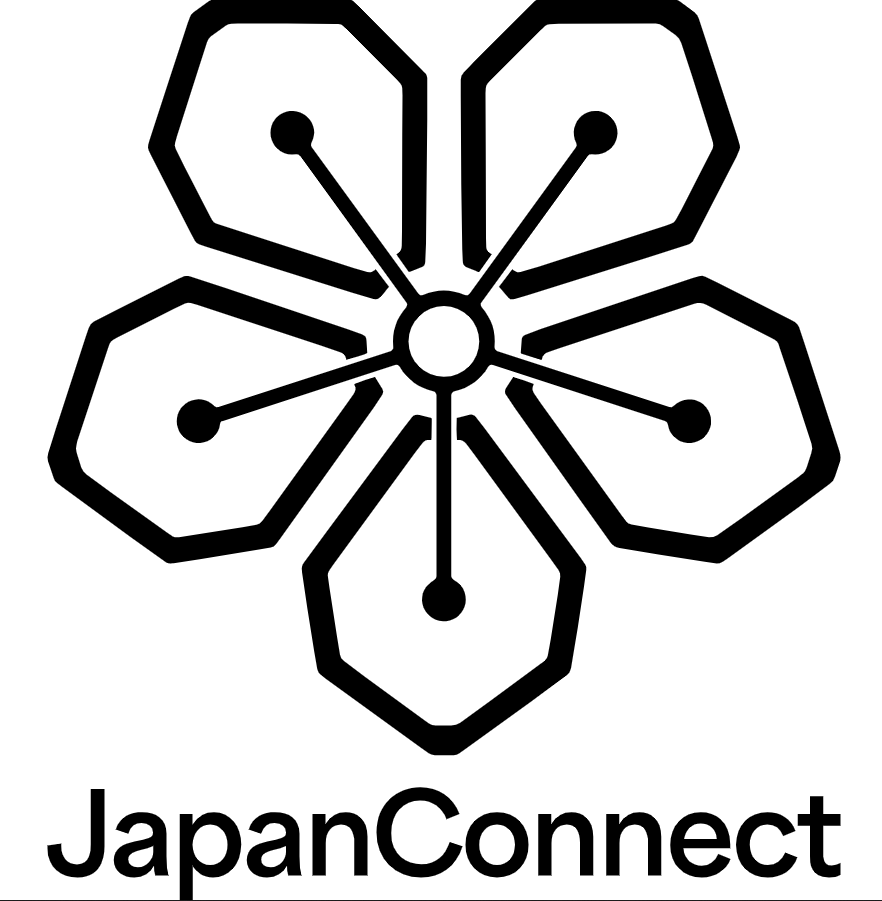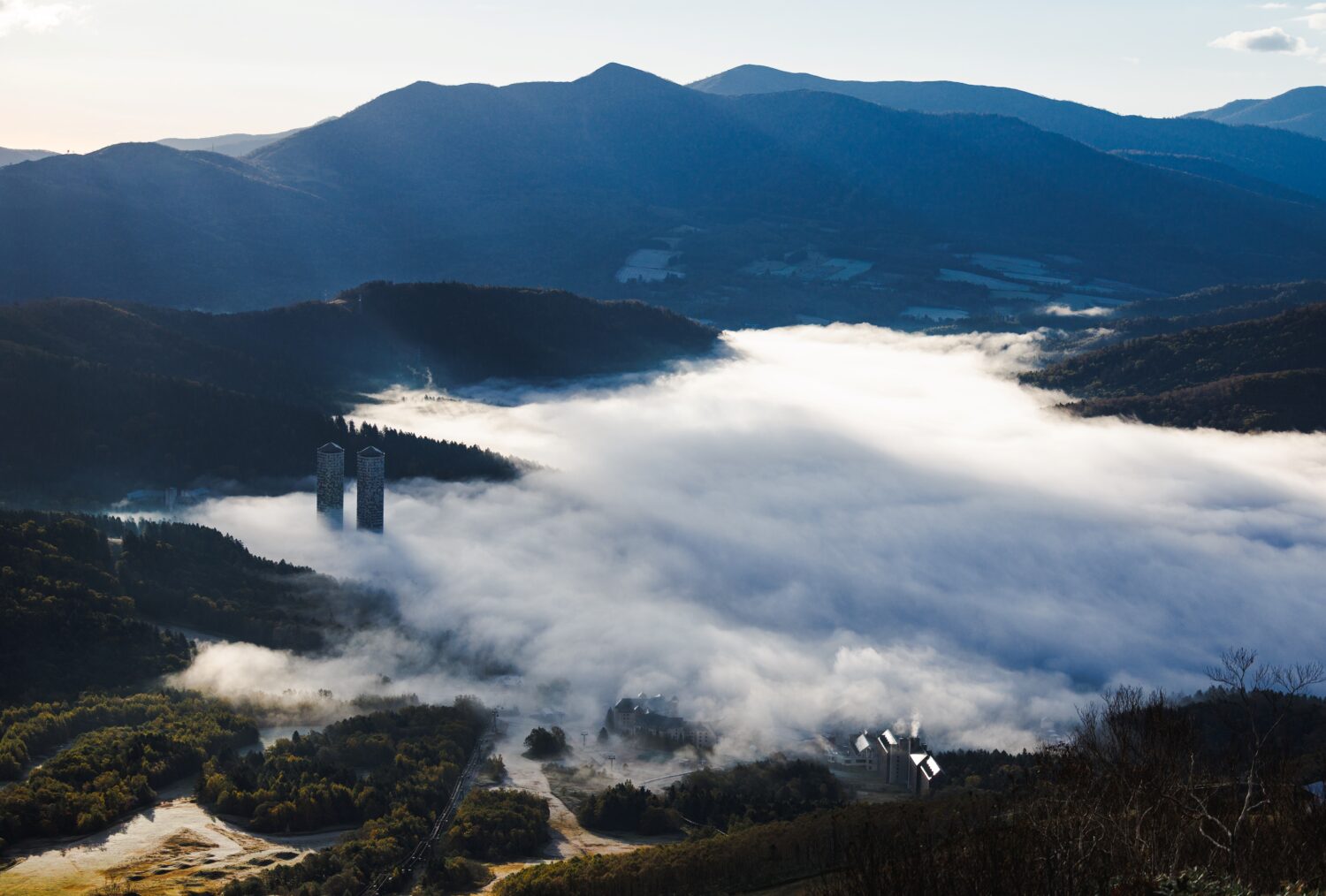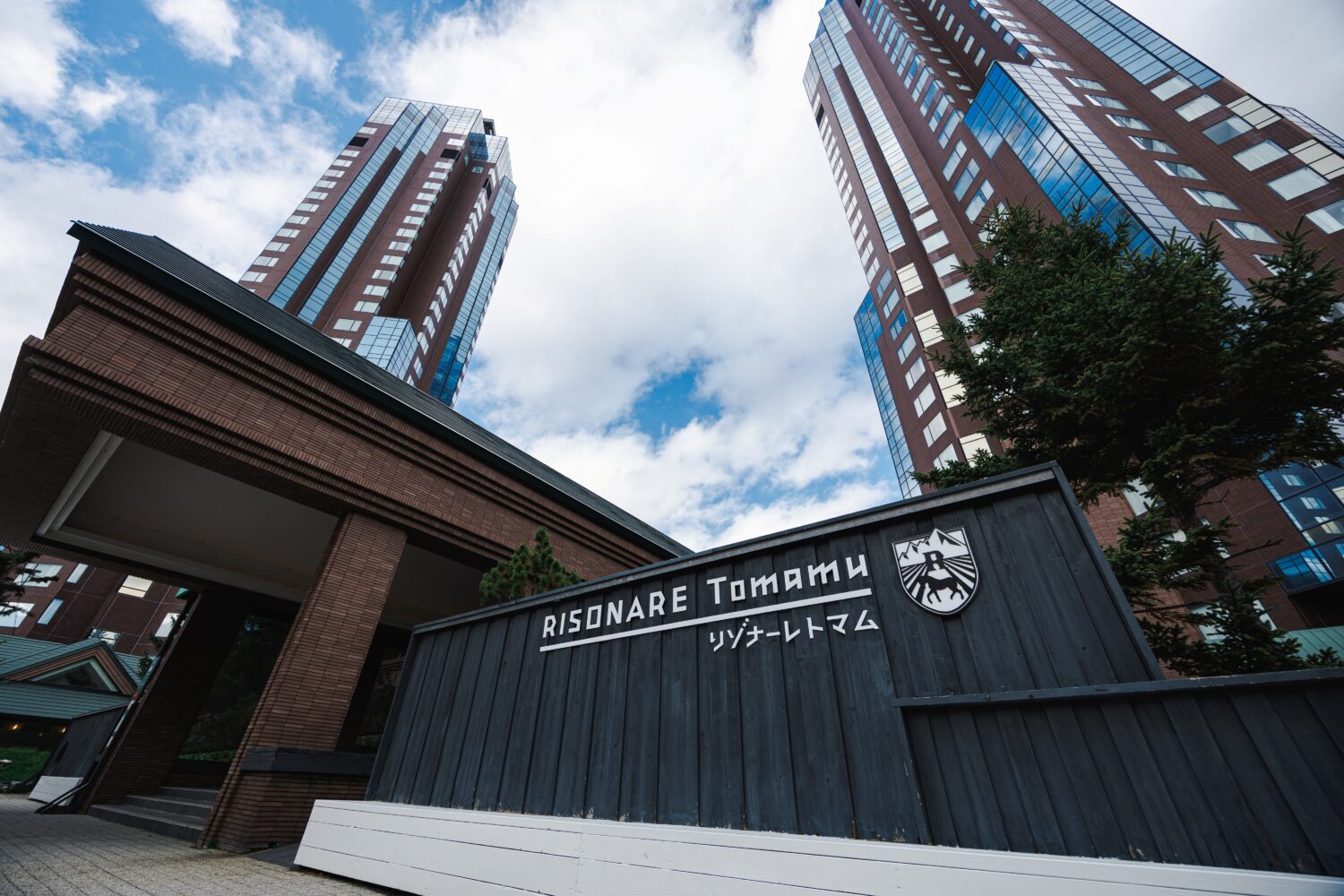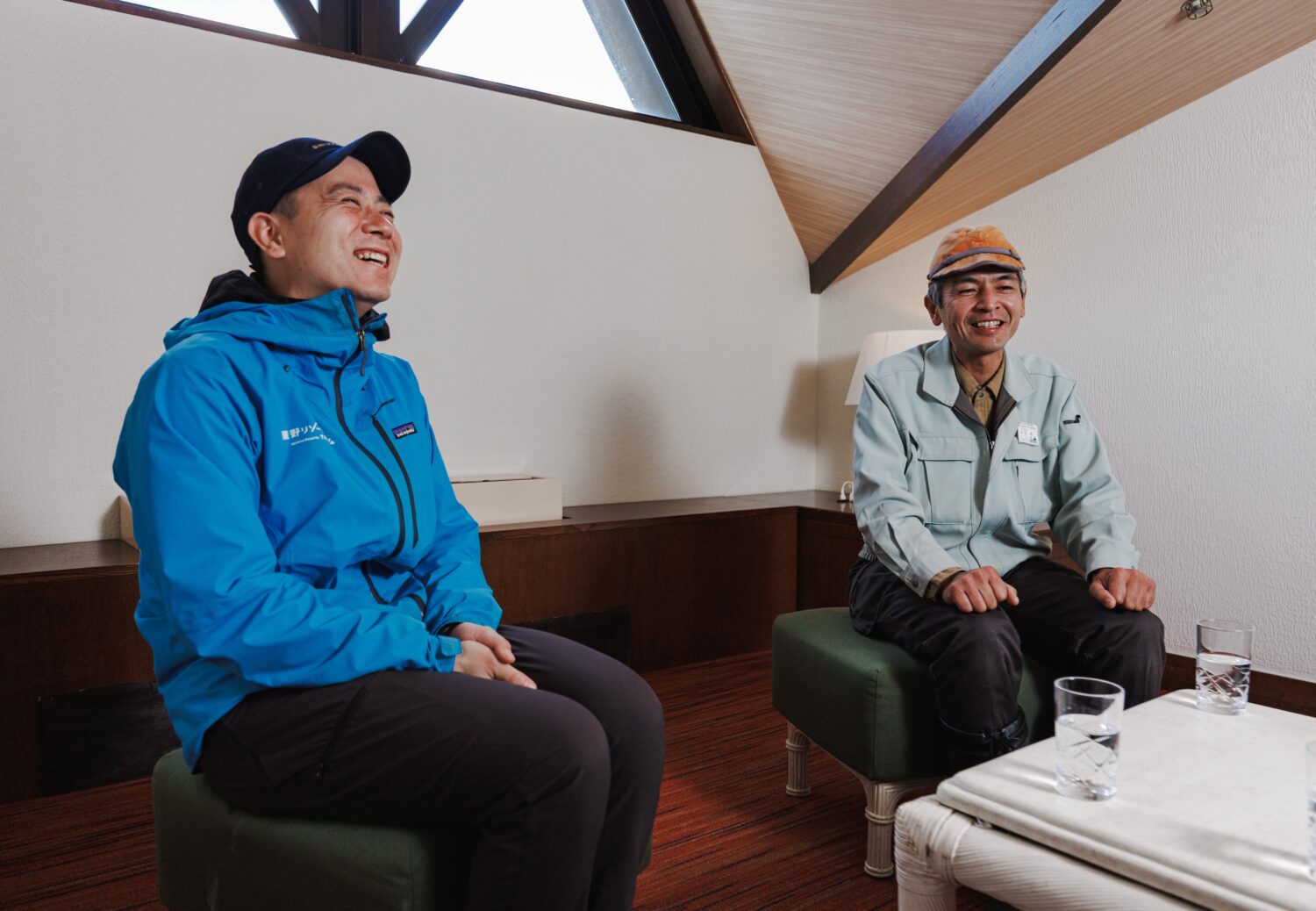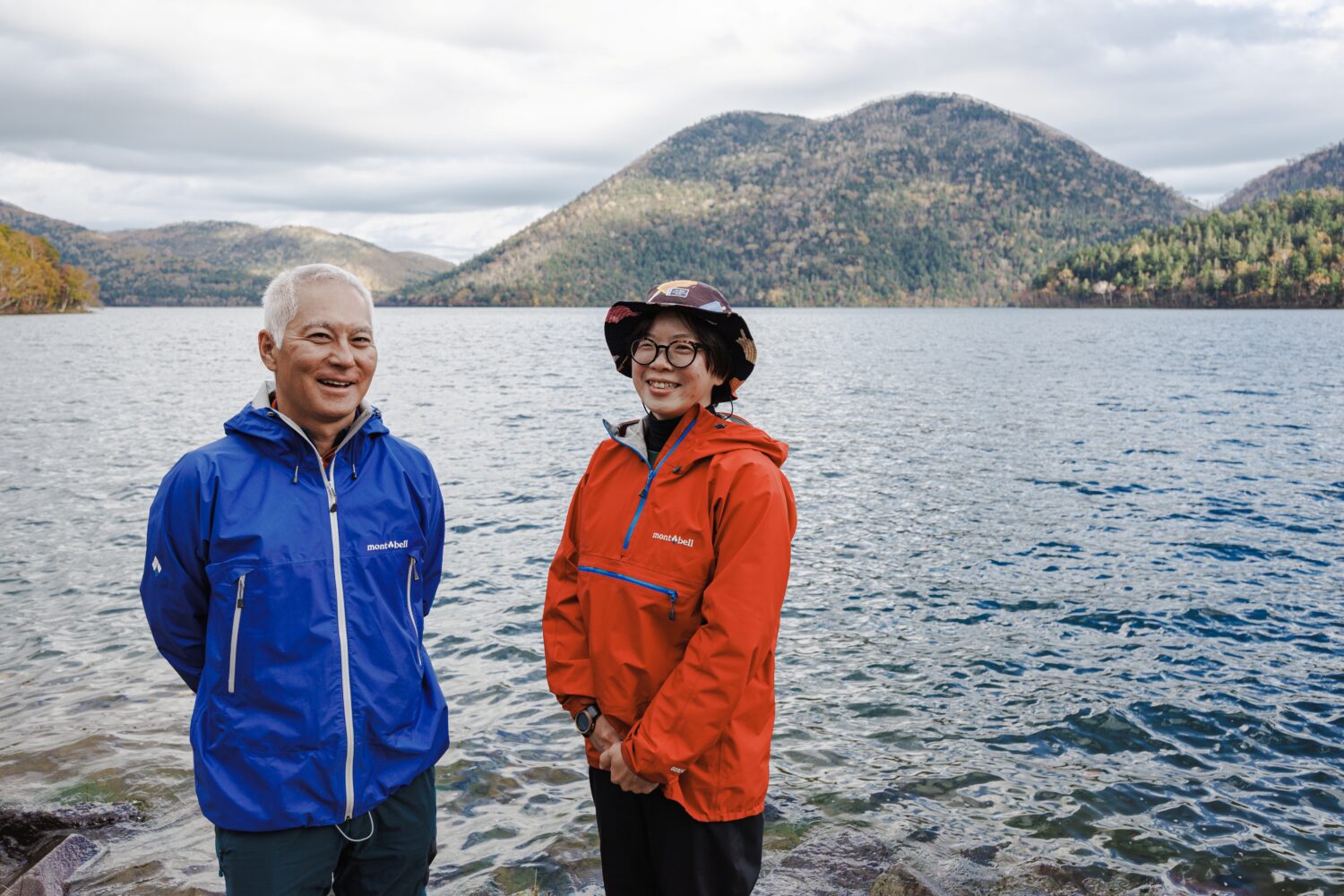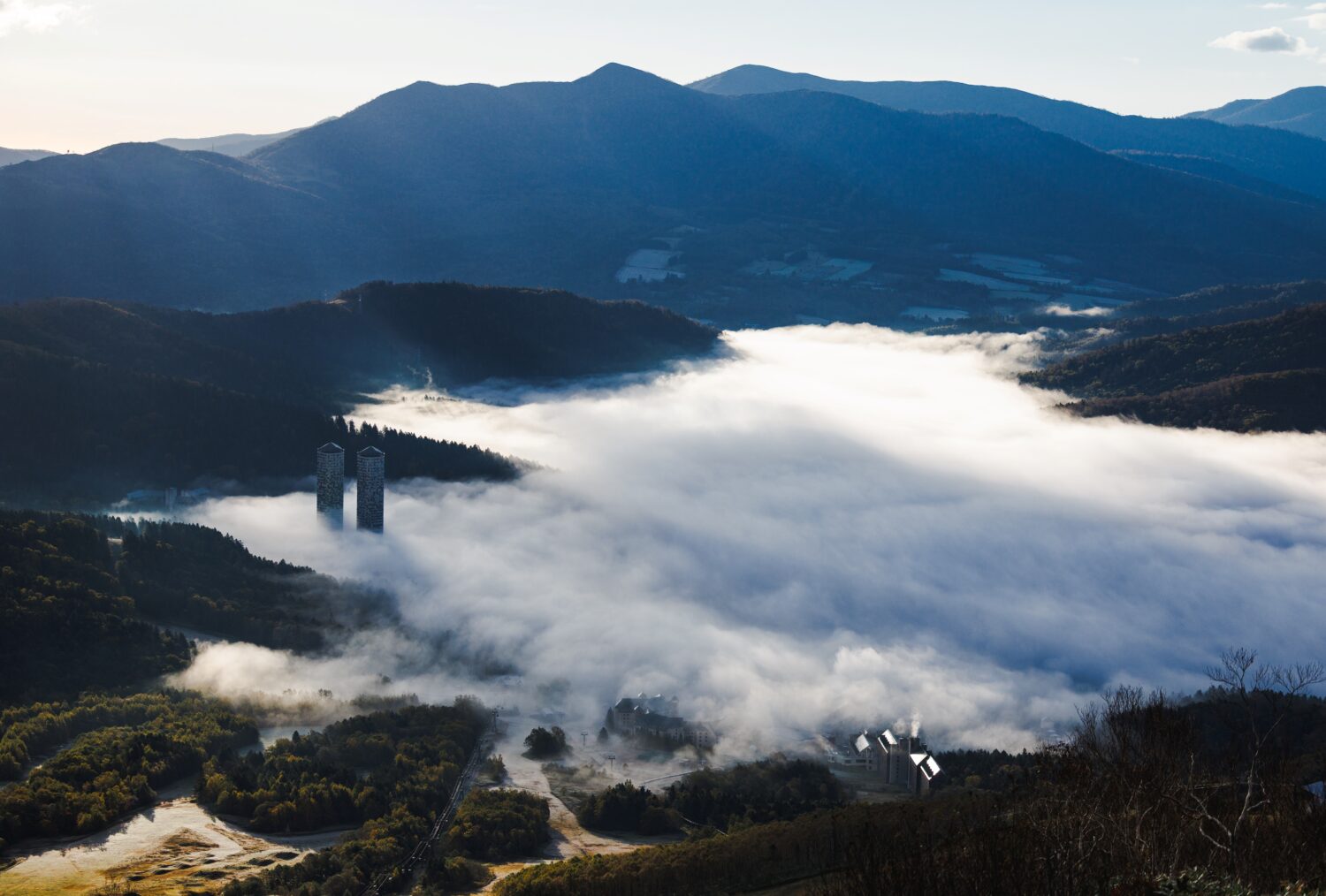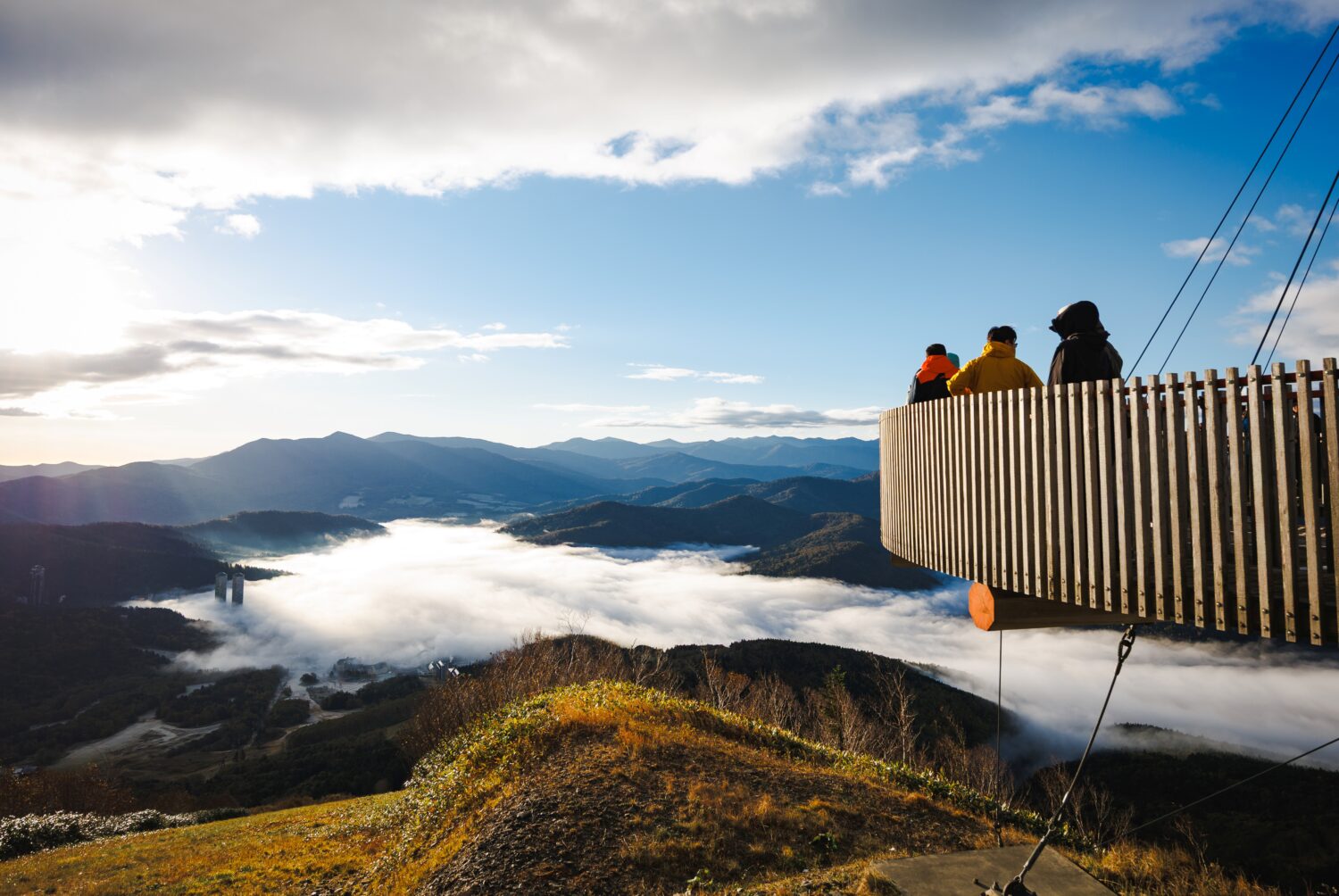[Japan, Hokkaido. November 26, 2025]
Beyond Cliches
Here, vast volcanic landscapes, crystal-clear lakes, and quiet villages remind visitors why they began traveling in the first place: not to collect landmarks, but to reconnect with space and meaning.
Hoshino Resorts TOMAMU offers all the comforts of modern life without cutting guests off from the world. The rooms have cozy jacuzzies and large windows that open onto a hundred hectares of forest. The restaurant’s menu celebrates the local terroir, with locally made ice cream, artisanal cheeses, and wagyu beef from regional producers.
For early risers, UNKAI Terrace is the place to witness the sunrise. The gondola climbs through the darkness to the mountaintop. There, a trail leads to the Cloud Round, a panoramic viewpoint and a series of suspended decks that seem to float between sky and earth.
Beneath the feet of awestruck visitors stretches a sea of clouds that seems to go on forever.
The most adventurous can continue higher on the trail for another twenty minutes, reaching a lookout point that opens onto the valley in a full 360° view. This place draws curious travelers from across Japan and those who deliberately avoid the beaten tourist path.
An hour’s drive away lies another hidden gem: Lake Shikaribetsu. It’s here that Mr. Shimada and Ms. Lee—two local guides deeply passionate about the region—work.
He left Sapporo without a single regret. “I just couldn’t stay behind a desk anymore,” he says.
She, originally from Taiwan, first came to Hokkaido for three months of volunteer work and ended up making it her home.
At dawn, they lead travelers to the lake or into the heart of the forest, where they may even be lucky enough to spot a northern pika, a rare small mammal and a living relic of the Ice Age.
“Interacting with customers is a highlight. We enjoy seeing the landscape through the visitors’ eyes.”
Living Together, Building Together
Over the past few years, news outlets around the world have been covering a concerning trend: an increase in the number of bear encounters in the villages of Hokkaido. Yet, for residents and officials, this is an opportunity to rethink the relationship between humans and wildlife, and to find new, balanced ways to coexist.
In Shimukappu, wildlife specialist Mr. Urata works with locals to prevent conflicts between people and bears.
“Bears are not our enemies,”he says. They’re our neighbors.”
The village has launched surveys, training programs, and school workshops. Children learn from an early age how to recognize animal tracks and understand ecological balance.
Mr. Urata explains. “Even if only a few of these children stay in the village as adults, what they learn here will remain with them. I hope it benefits them, and that, in turn, it will impact society.”
Mr. Kawauchino, who hails from Nagano and now serves as a local guide, collaborates with Urata to create educational and safety initiatives. For him, this contemplation of coexistence transcends mere prevention, as it raises questions about the relationship between humans and nature.
With support from Hoshino Resorts TOMAMU , these initiatives now increasingly involve visitors, encouraging them to see themselves as active participants rather than passive observers.
Rethinking Travel
From Tomamu to Shimukappu, Hokkaido attracts those who seek more than a picture-perfect Instagram landscape. Those who come for a few days often leave transformed—and some, like Ms. Lee, never leave at all.
As Japan refines its tourism model, Hokkaido proves that lesser-known places can redefine the very meaning of the word travel.
By Isabelle VanSteenkiste, journalist.
